Refreshing Asian Side Dishes to Pair with Your Barbecue
Pair your hearty barbecues with these refreshing Asian delights!
Discover the authentic in Asian cuisine food
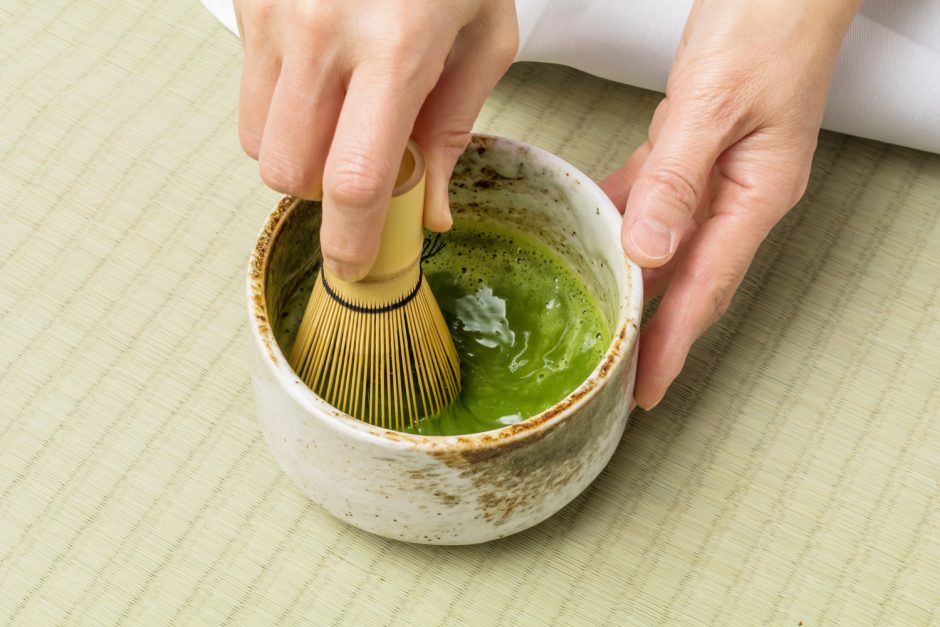
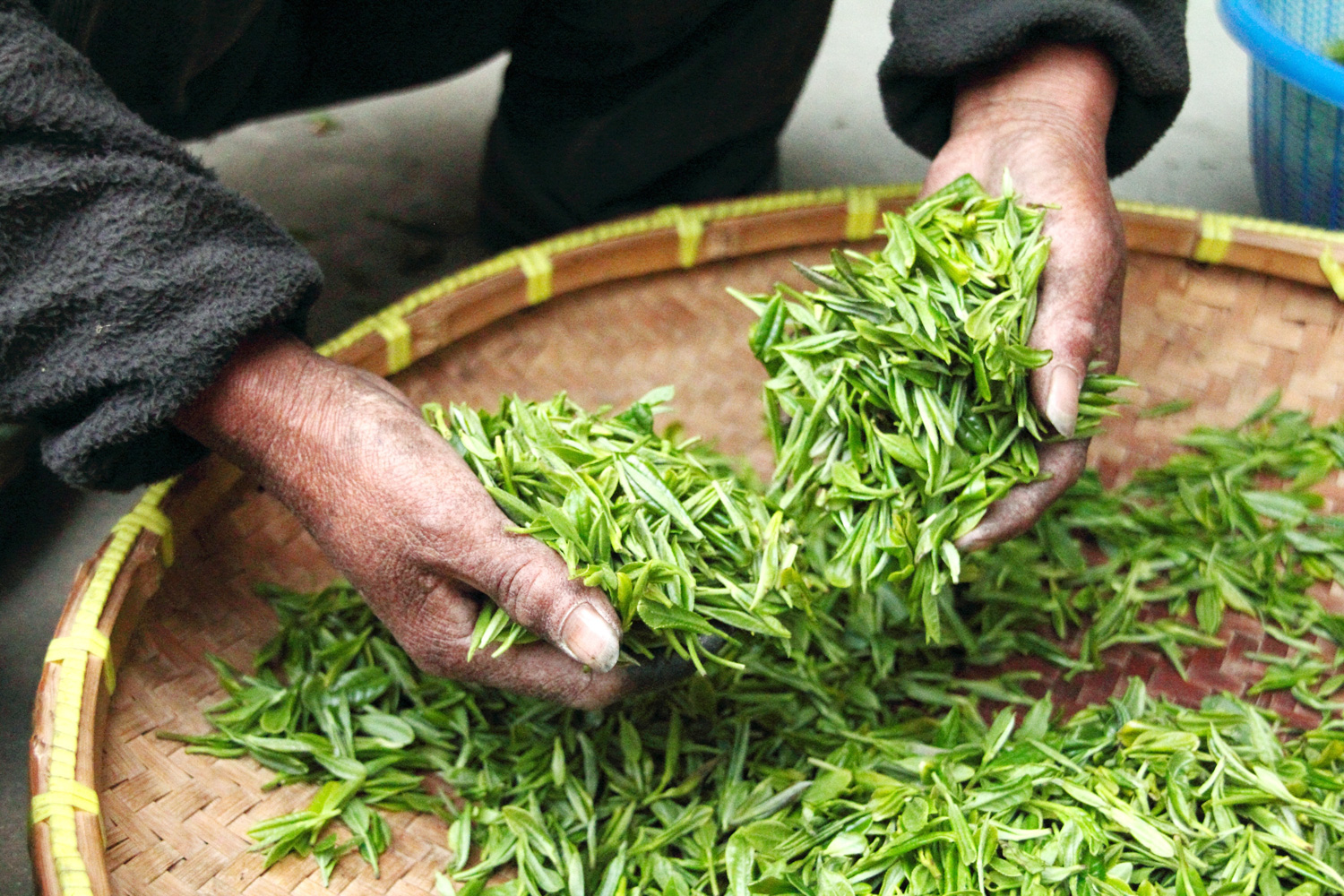
Some countries take their tea drinking very seriously, and Japan is one of them. Rather than a quiet cuppa and a biscuit to help while away an afternoon, tea in Japan respected reverentially. And it’s also drunk with food. The Japanese are complex.
If you’ve been raised on English breakfast or Earl Grey, then you may never have tried Japanese tea, but the odds are some of the names are familiar. Japanese teas are unashamedly bold and sometimes bitter but always layered with flavour and complexity. In Japan, most tea consumed is green tea, and most Japanese green teas are steamed. Japanese tea culture is astonishingly diverse with many different styles of green tea having originated in Japan. And here are 5 of our favourites.
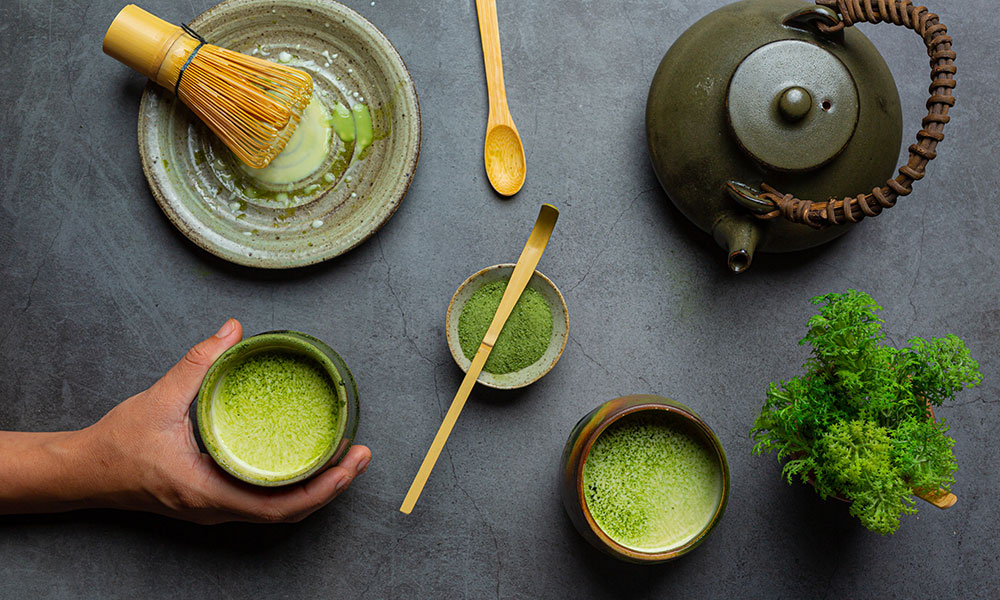
This bright green, frothy, whisked tea is perhaps the most famous Japanese tea but is far from the most commonly drunk. Despite its place in every health-foodies’ pantry, Matcha is used primarily in tea ceremonies in Japan. Matcha is brewed using a special type of green tea powder that is grown and produced in Japan. Japanese tea farmers are the exclusive producers of authentic matcha powder, even though it’s grown all over the world. Like how the French own Champagne.
Matcha comes from camellia sinensis, the same plant that black, oolong and other green teas come from. Matcha is an acquired taste and usually bitter. In fact, a lot of people who are not brought up drinking it don’t like it the first time they taste it. It is served with sweet manju, a traditional Japanese sweet.
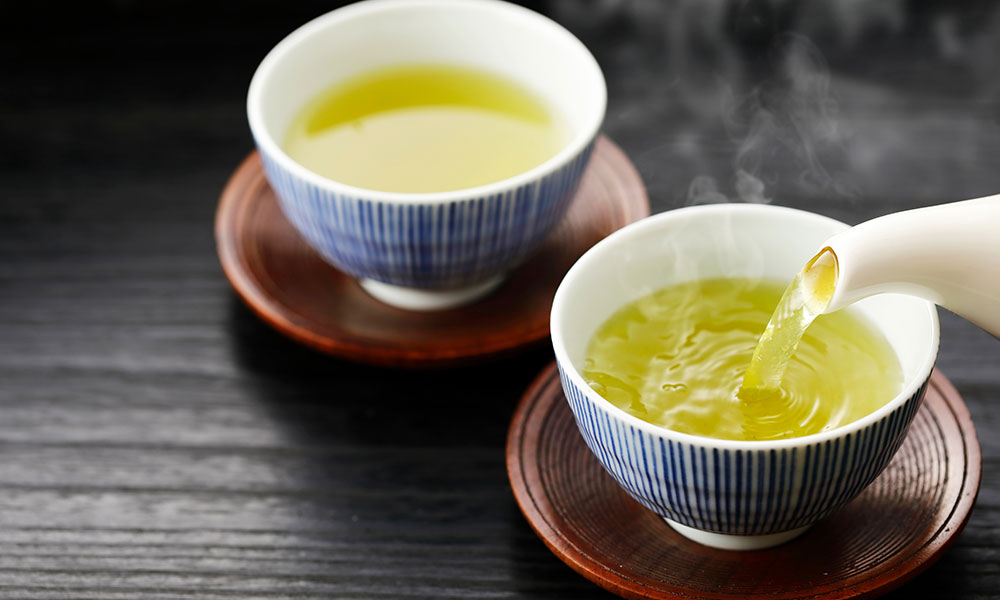
Sencha is the most widely drunk traditional tea in Japan. Sencha means roasted tea and is an older method of preparing the tea leaf based on Chinese traditions. It has a delicate, sweet flavour and is mildly astringent, and is grown everywhere green tea is grown.
The tea plant lies dormant throughout the winter, with the best leaves thought to be the first buds picked in April and May. A good quality sencha makes a refreshing and enjoyable cup of tea. Like any tea, it’s best prepared in a pot with loose leaves and should be made with water that is around 80ºC.
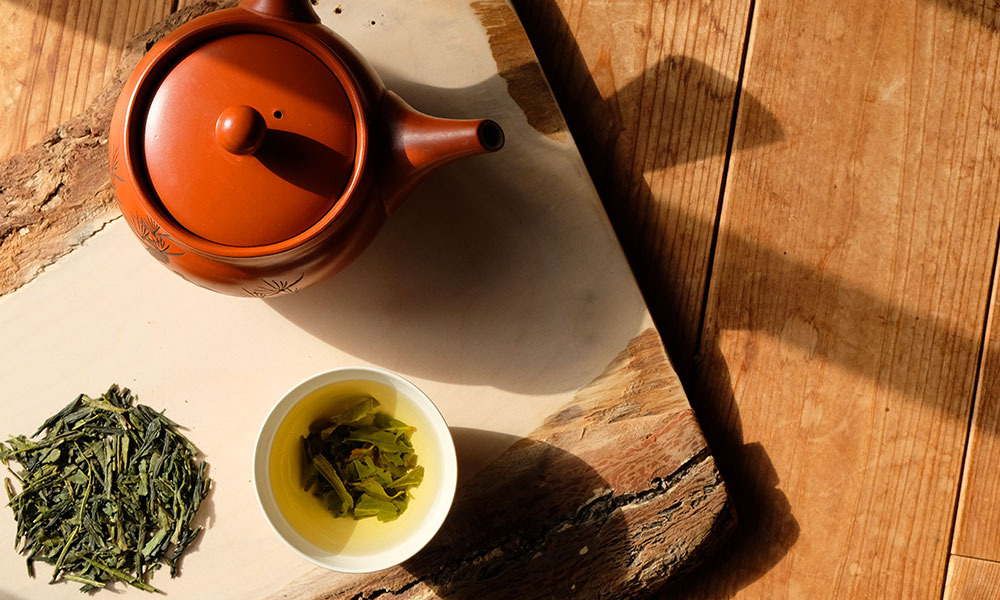
Bancha is grown on the same bush as Sencha but it’s picked later in the season. This gives Bancha a robust flavour and makes it perfect to serve with food. It’s technically a lower grade Sencha tea, but that’s not necessarily a bad thing. In fact, there are 22 different grades of Bancha!
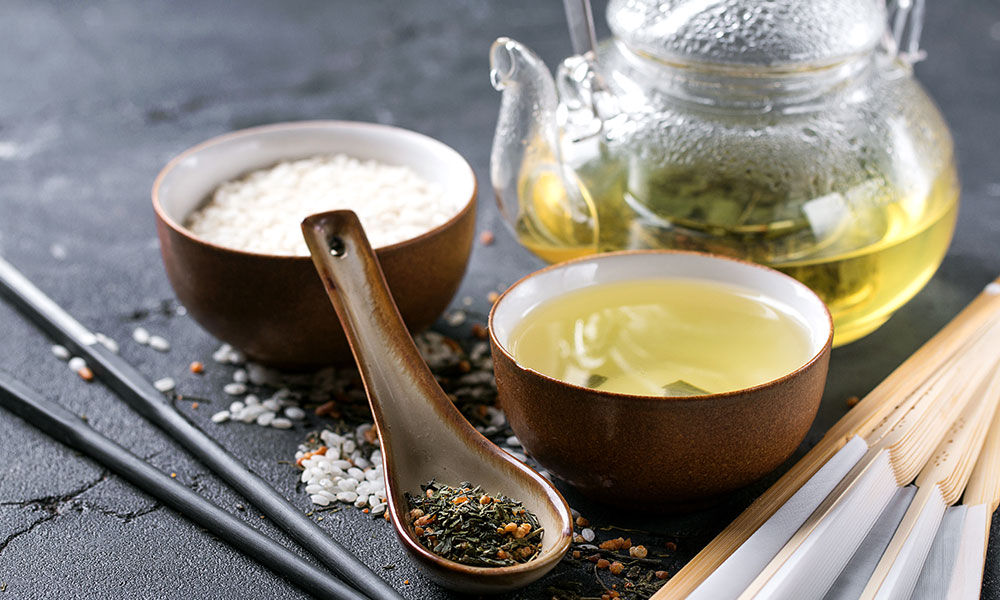
Genmaicha is a blend of Bancha and well-toasted or popped rice, which explains why it’s sometimes called popcorn tea. It has a mild, slightly nutty aroma and taste. Genmaicha’s low caffeine levels and savoury flavour make it another great tea for pairing with food. It has a slightly yellow hue when steeped and is best brewed with loose leaves.
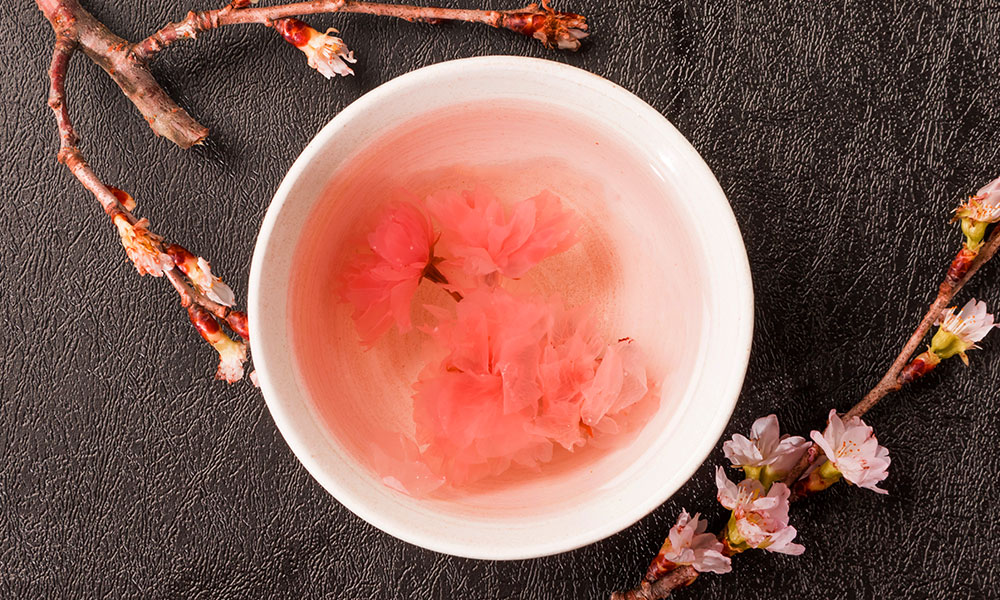
Sakuraya is a specialty brew made by infusing cherry blossoms in the hot water. As the name suggests, it’s particularly popular during Sakura (cherry blossom viewing) season. The flowers are harvested in spring when the cherry trees are in full bloom, then the petals are preserved in a mixture of plum vinegar and salt then dehydrated and stored. When the tea is prepared the flowers re-hydrate in the hot water and unfurl to resemble freshly picked Sakura blossom. The tea has a slightly salty taste, and the longer it infuses the saltier the taste will be.

Pair your hearty barbecues with these refreshing Asian delights!

What are the properties of ginger, and how to pick, store and use ginger in your cooking? Find out here!

Yummify your summer dishes with the savoury and versatile fish sauce – the Southeast Asian flavour-maker!